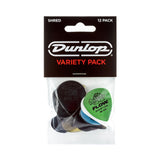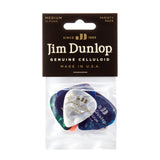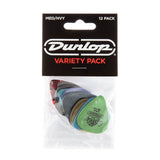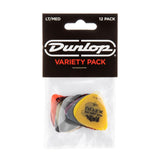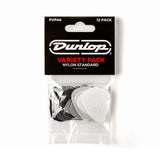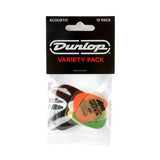Mastering the Nitro Finish: The Role of Sanding Sealer in Guitar Painting
A guitar’s finish isn't just about the final layers of paint or lacquer; it's about the foundation upon which those layers rest. Nitrocellulose, with its rich history and lustrous finish, has been a favourite among guitarists and luthiers alike. Yet, achieving that perfect nitro sheen requires preparation.
One key component in this preparation process is the sanding sealer. But what is it, what magic does it bring to the table, and is it truly indispensable? Let’s uncover the mysteries of sanding sealer in the realm of guitar painting.

What is Sanding Sealer?
Sanding sealer is a specially formulated solution applied before the primary finish, acting as a base coat. It prepares the wood surface for the subsequent layers of paint or lacquer, enhancing their adhesion and overall appearance.
The Benefits of Using Sanding Sealer
Surface Levelling: Not all wood surfaces are created equal. Some might have minor imperfections or a slightly uneven grain. Sanding sealer fills in these minute discrepancies, providing a smoother surface for the nitrocellulose lacquer.
Enhanced Adhesion: Sanding sealer promotes better adhesion of the nitrocellulose to the wood, ensuring a more durable finish that's less prone to peeling or cracking.
Reduced Grain Raise: When wood comes in contact with certain finishes, especially water-based ones, it can cause the grain to "raise" or swell slightly. Sanding sealer locks the grain in place, preventing this from happening.
Consistent Finish: By sealing the wood, sanding sealer ensures that the nitrocellulose lacquer is absorbed evenly, avoiding blotchy or inconsistent finishes.
Is Sanding Sealer Necessary?
While many luthiers and DIY enthusiasts swear by sanding sealer for the reasons mentioned above, its necessity largely depends on the specific project and the type of wood in use.
For Porous Woods: Woods like mahogany or ash are more porous, making them more susceptible to uneven lacquer absorption. In such cases, sanding sealer can be a game-changer.
Achieving a Flawless Finish: If you're aiming for a high-gloss, mirror-like finish, then sanding sealer can be instrumental in achieving that.
When Skipping Grain Filler: If, for some reason, you choose to skip using a grain filler on a slightly porous wood, sanding sealer can somewhat compensate by filling in minor pores and providing a smoother base.
However, on woods with a tight grain, like maple, you might find that you can achieve satisfactory results with nitrocellulose directly, especially if you're aiming for a more "natural" or "raw" finish.
Addressing Grain Rise After Applying Sanding Sealer
It's crucial to note that while sanding sealers play an instrumental role in prepping the guitar surface, they also have an interaction with certain woods that can raise the grain. Especially when applying this sealer to woods like ash, swamp ash, or mahogany, the grain of the wood may rise, creating a slightly rough or uneven texture.
What does this mean for your finish? Before you proceed to the next stage of your guitar painting process, this raised grain needs to be addressed. Here’s how:
Sanding the Sealer: After allowing the sanding sealer to dry completely, it's essential to sand the surface flat. Using 400 grit wet & dry paper is ideal for this purpose. Sand gently and evenly across the entire surface until it feels smooth to the touch.
Checking Your Work: Before moving to the next stage, run your hand over the wood. It should feel uniformly smooth, with no rough patches or raised grain areas. Remember, this step ensures that the nitrocellulose lacquer or paint adheres properly and looks flawless.
Proceeding with Caution: Once satisfied, you can then move on to applying your nitrocellulose finish or paint. If you find areas that persistently raise grain, it may be worth applying a thin second coat of sanding sealer, followed by another careful sanding session.
By addressing the grain raise that occurs with certain woods, you ensure a smoother, more consistent finish that truly does justice to both the wood's natural beauty and the vibrant nitrocellulose hues.
Conclusion
Sanding sealer, while not always mandatory, can elevate the quality of a nitrocellulose finish on a guitar. It's the unsung hero that works behind the scenes, ensuring the star of the show – the nitro finish – shines bright and flawless. Whether you're a seasoned guitar builder or just starting out, understanding the role and benefits of sanding sealer can guide you towards a finish that resonates both visually and sonically.












